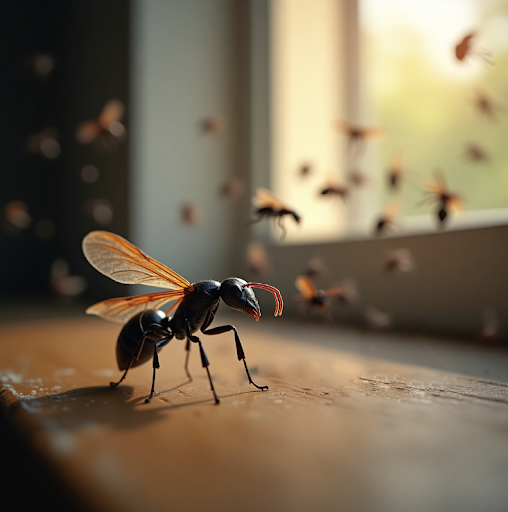Once again it is winter and time to unpack all your warm winter clothing, but when you locate your very favorite woolen sweater, the brightly colored one you have cherished for years, you discover, much to your horror, that it has a giant hole right in the middle of the back! Then you notice several smaller holes in the left arm. It is only logical to wonder, “What on Earth could have caused this?” The answer may actually surprise you. Most people, when they find holes in clothing, think that those holes were caused by moths, and they would be partially right. There are actually two types of moths in the United States that can present a danger to your clothing: webbing clothes moths and casemaking clothes moths. But, upon inspecting a damaged item, moths are rarely ever found. Why is this? Because the moths you see fluttering around in your closets don’t eat your clothing. In fact, they don’t eat anything at all. They don’t have the mouthparts to eat. They have only one purpose and one purpose alone: to make eggs. This is where the problem lies. When those eggs hatch, hungry larvae come out looking to eat protein–proteins like those found in animal hair and skin, namely wool, fur, feathers, leather, and even lint. Moth babies are even known to chew through cotton, acrylic, polyester, and other plant-based fibers. They don’t eat all these things, but they chew through them to get to their preferred foods. Some good ways to control
moths: For most people, the first thing they think to do about moths is go get some mothballs, but this isn’t the best idea. Outside of an airtight container, the concentration of fumes is not enough to totally wipe out moths. These fumes can, however, cause headaches in humans. Here are some slightly better ways to control moths.
- Dry all infested fabric items in a dryer on the highest heat for at least one hour.
- Put items in a thick plastic bag, squeeze all the air out, and deep freeze for at least seven days.
- Discard infested items that cannot be cleaned in tightly sealed plastic bags. Dispose of them somewhere outside.
- Thoroughly vacuum infested areas. Double bag vacuum bags and make sure to discard the bags outside.
- Clean infested areas with hot soapy water.
- Keep the humidity in your home below 40%, especially in closet spaces.
- Inspect your outside walls and roof for gaps and cracks and seal these with a caulking gun.




